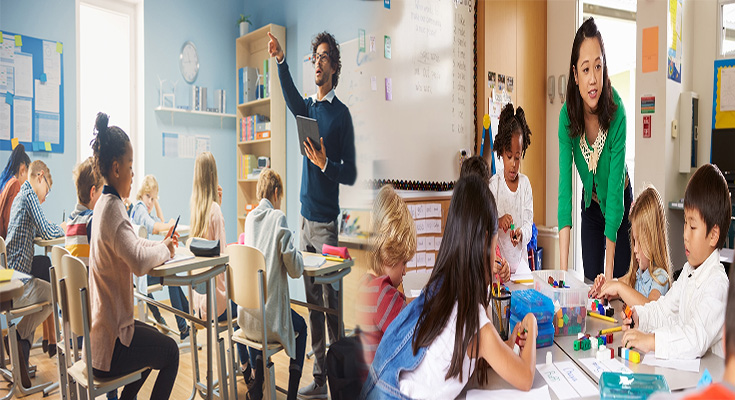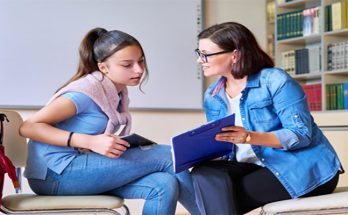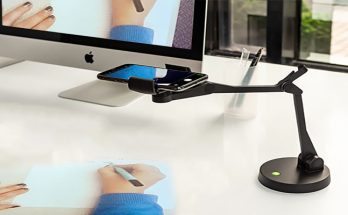The future of education is personalized. The traditional model of one teacher teaching one class in one classroom at a time is being replaced by personalized learning platforms that allow students to learn at their own pace and from each other. Teachers are using technology in classrooms as tools to tap into that power, which can help them engage with students who may otherwise fall through the cracks.
The future of education is personalized.
The future of education is personalized. Students can learn at their own pace, and teachers can use technology to track student progress, helping them prepare for standardized tests.
With this in mind, it’s easy to see why many teachers are developing their own personalized learning platforms–and why they’ve been doing so for years now!
Teachers are using technology in classrooms as tools to tap into the power of personalized learning.
Teachers are using technology in classrooms as tools to tap into the power of personalized learning. Teachers can use technology to track student progress and get feedback on what students need to improve on next time. They can also use artificial intelligence (AI) systems to help prepare students for standardized tests and make sure they’re prepared for college admissions tests like ACTs or SATs.
Technology has the potential to allow students to learn at their own pace and from each other.
Teachers can use technology to allow students to learn at their own pace and from each other.
Students can also learn from experts, such as professors or experts in the field who provide personalized feedback on student work. Students can also learn from their peers, who may have had similar experiences or interests that will help them understand concepts better than a teacher would be able to do alone.
Students can create digital portfolios of their work, which will help them later in life.
Digital portfolios are a great way for students to keep track of their work. They can be used to showcase the best projects or assignments and will help you see how much your child has grown over time, which is important when it comes time for college applications. Digital portfolios also allow teachers, parents and even employers to see what kind of work an individual has done in the past. In addition, digital portfolios provide an opportunity for students to reflect on their learning by looking back on their progress through time!
Teachers can use technology to track student progress and get feedback on what students need to improve on next time.
Teachers can use technology to track student progress and get feedback on what students need to improve on next time. Teachers should also be able to identify students who need extra support, which will help them create individualized learning plans for their students.
If you’re a teacher looking for ways to incorporate new technologies into your classroom, here are some tips:
- Make sure you have access to technology that works well with all types of learners (visual learners, auditory learners) so they can master the material at their own pace.
- Find out what kind of software is available in your school district because many districts already have programs in place before hiring teachers like yourself!
Teachers can also use artificial intelligence to help prepare students for standardized tests.
Teachers can use artificial intelligence (AI) to help prepare students for standardized tests. AI can do this by creating personalized learning plans for students, which will allow them to learn more efficiently and effectively. This will also make it easier for teachers to help their students learn quickly, as well as develop their skills in various subjects.
Personalized learning is the future of education and technology will be a big part of it
Personalized learning is the future of education, and technology will be a big part of it. Teachers are using technology in classrooms as tools to tap into the power of personalized learning by giving students different ways to engage with content and allowing them to learn at their own pace.
Technology has the potential to allow students to learn from each other–a phenomenon known as “peer-to-peer” or “P2P” learning–which we see happening already on platforms like Quizlet and Kahoot!, two popular game-based learning tools that allow students from anywhere in the world collaborate on projects together without ever leaving their seats!
Technology has the potential to transform education and make it more personalized for students. Teachers are using tools like Google Classroom and Khan Academy to help students learn at their own pace, while also giving teachers feedback on what they need to improve next time. Students can create digital portfolios of their work which will help them later in life as well as track their progress through artificial intelligence programs like Kahoot! These programs are all available at no cost through Google Apps for Education so there’s no reason not try them out today!




